In what was simultaneously a surprise and not a surprise, Apple this week announced it has discontinued the iPod touch after almost 15 years and seven generations, bringing the entire iPod lineup to an end.
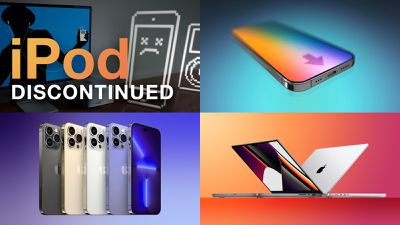
Other news this week saw rumors about both the iPhone 14 Pro (slightly larger displays!) and iPhone 15 (USB-C instead of Lightning?), as well as a report that Apple is planning to launch the AirPods Max in new colors later this year, so read on for details on these stories and more!
Apple Discontinues iPod Touch
Apple this week announced that it is discontinuing the iPod touch, which remains available while supplies last. The device is already listed as "sold out" on Apple's online store in the United States, and inventory is quickly depleting in other countries and at third-party resellers as well.
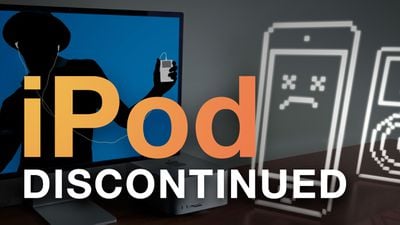
First introduced in October 2001, the iPod was one of Apple's most iconic products, but the device's discontinuation became inevitable over time given the wide array of Apple products that can play music, including the iPhone, iPad, Apple Watch, HomePod mini, and more.
The End of an Era: What Was Your Favorite iPod?
With the last iPod now discontinued, it's the end of an era. iPod models released over the years included the original iPod (later known as the iPod classic), iPod mini, iPod photo, iPod nano, iPod shuffle, and iPod touch.
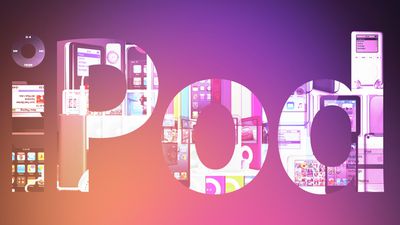
What was your favorite iPod model? Let us know in the MacRumors forums and be sure to share any photos of your iPod collection.
iPhone 14 Pro Models Rumored to Feature Slightly Larger Screen Sizes
Apple's upcoming iPhone 14 Pro and iPhone 14 Pro Max models will feature marginally larger screen sizes compared to the iPhone 13 Pro and iPhone 13 Pro Max, according to display industry consultant Ross Young.
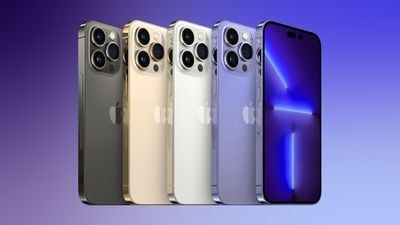
Young said the screen size differences are due to the iPhone 14 Pro models having slightly narrower bezels around the display compared to iPhone 13 Pro models and a new pill-and-hole design replacing the notch.
iPhone 15 Rumored to Switch From Lightning to USB-C
Apple plans to release at least one new iPhone 15 model with a USB-C port instead of a Lightning connector, according to analyst Ming-Chi Kuo. Bloomberg's Mark Gurman concurs that USB-C iPhones are in testing and that Apple is also planning an adapter that will let them work with current Lightning-based accessories.
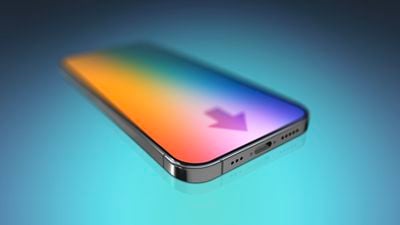
If this rumor proves to be true, we'll still have to wait a while for the first USB-C iPhone. Kuo expects the Lightning connector to stick around for the iPhone 14 lineup launching later this year, with the switch to USB-C expected to occur with the iPhone 15 in 2023. Gurman similarly says the switch won't happen until 2023 at the earliest.
New AirPods Max Colors Reportedly in the Works
Apple plans to release its high-end AirPods Max headphones in new colors in the future, according to Bloomberg's Mark Gurman.

Released in December 2020, the AirPods Max are currently available in five colors, including space gray, silver, sky blue, green, and pink. It's unclear which new colors would be introduced.
Gurman said Apple also plans to release second-generation AirPods Pro in the fall.
Five Things You Still Can't Do With a MacBook Pro
In October 2021, Apple released redesigned 14-inch and 16-inch MacBook Pro models with M1 Pro and M1 Max chips, a wide range of ports, and more.
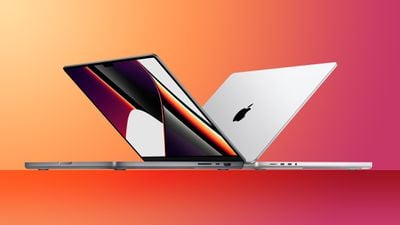
While the new models have crowd-pleasing features, we've put together a list of five things you still can't do with a MacBook Pro, such as take advantage of SD cards with faster UHS-III speeds. Check out the full list to see which features and capabilities are still missing.
MacRumors Newsletter
Each week, we publish an email newsletter like this highlighting the top Apple stories, making it a great way to get a bite-sized recap of the week hitting all of the major topics we've covered and tying together related stories for a big-picture view.
So if you want to have top stories like the above recap delivered to your email inbox each week, subscribe to our newsletter!


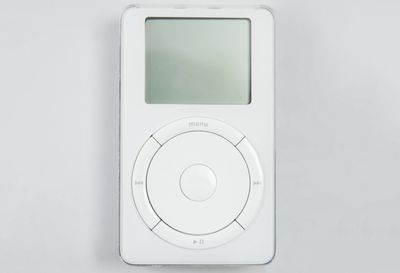
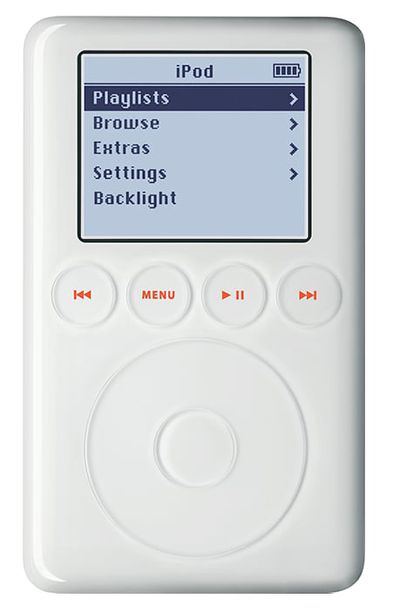
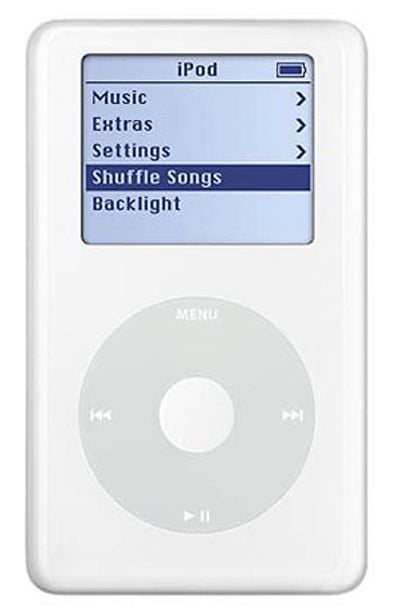
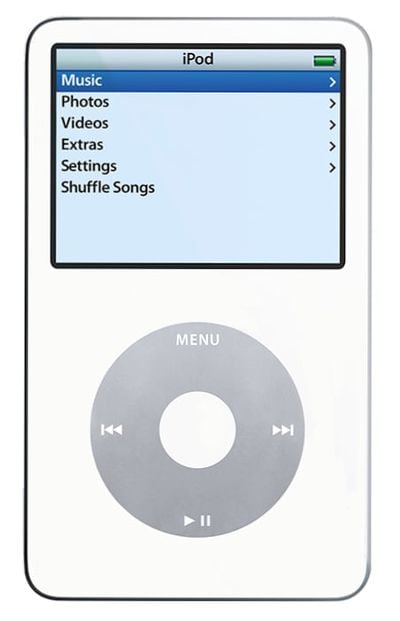
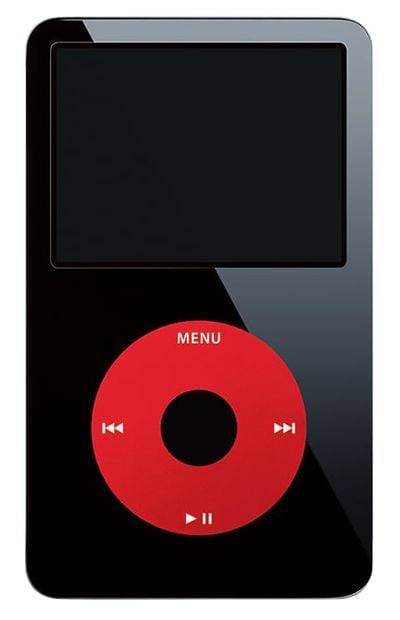
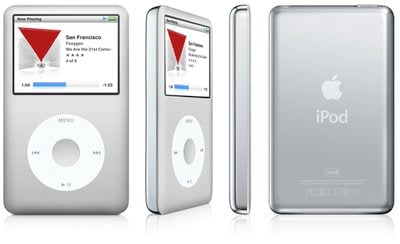
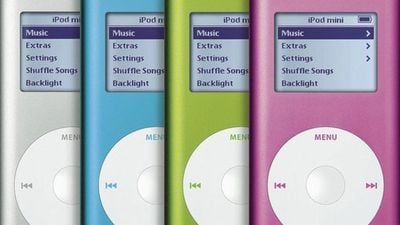

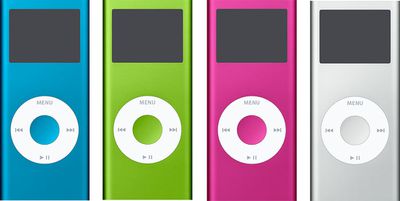



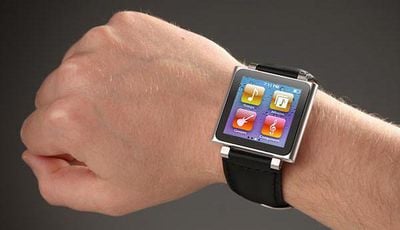
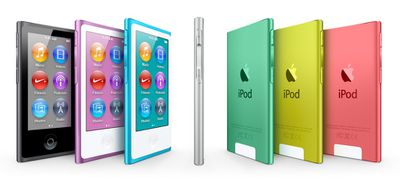
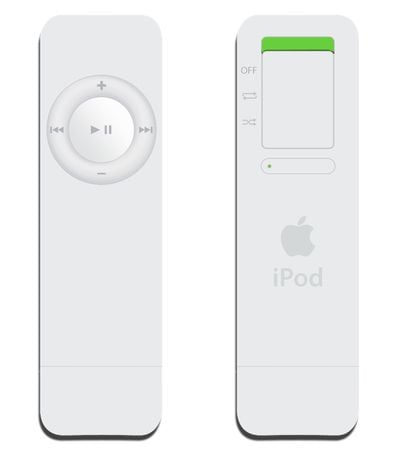

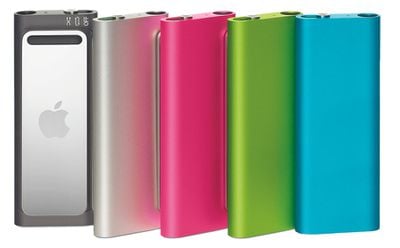

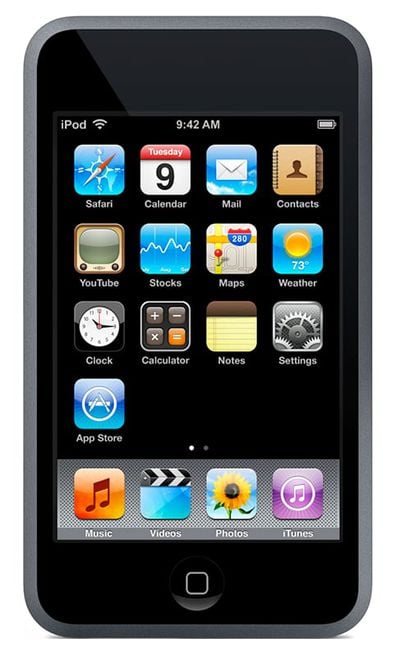

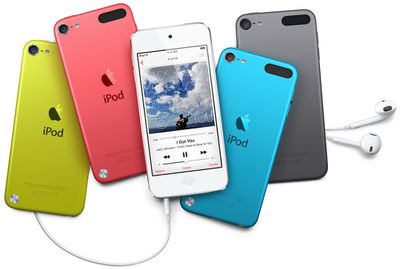
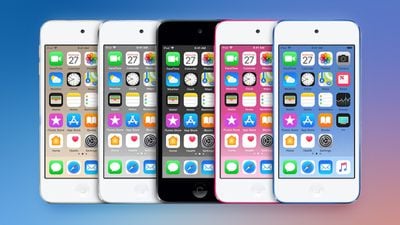
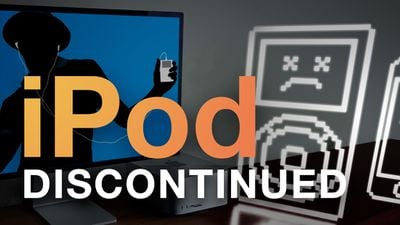


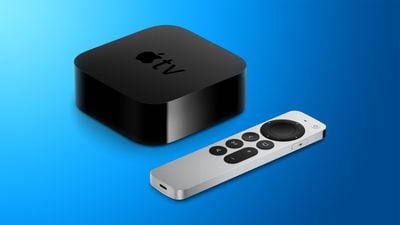 Note: MacRumors is an affiliate partner with some of these vendors. When you click a link and make a purchase, we may receive a small payment, which helps us keep the site running.
Note: MacRumors is an affiliate partner with some of these vendors. When you click a link and make a purchase, we may receive a small payment, which helps us keep the site running.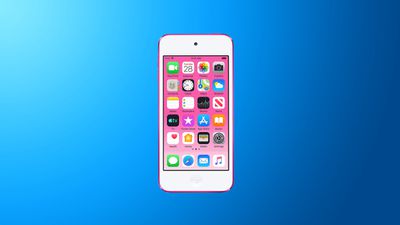
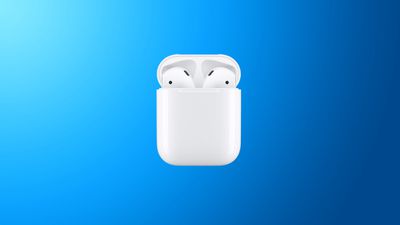

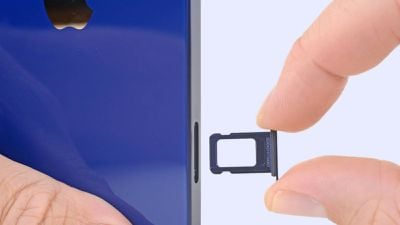
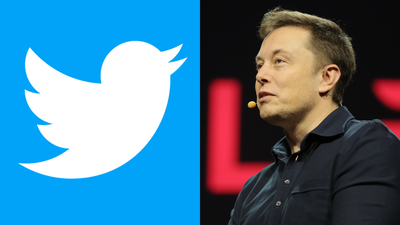
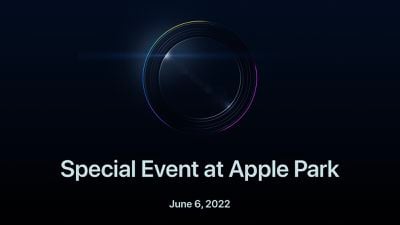

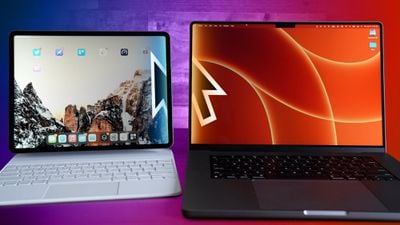

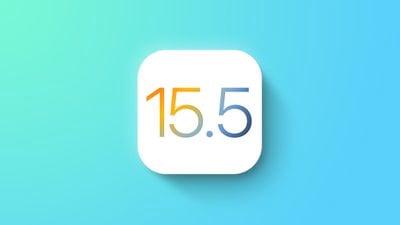
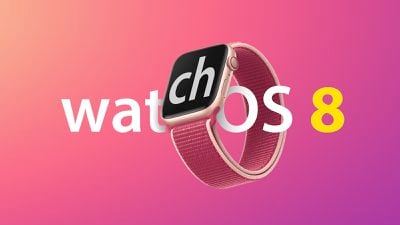
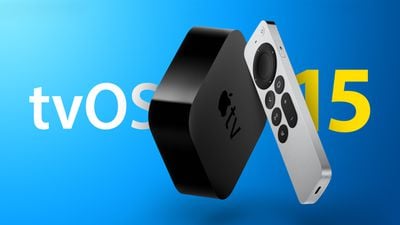
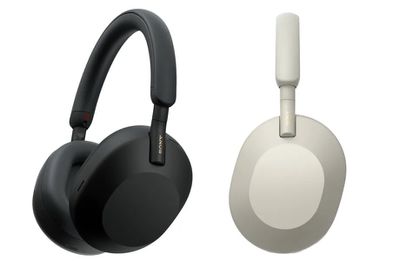
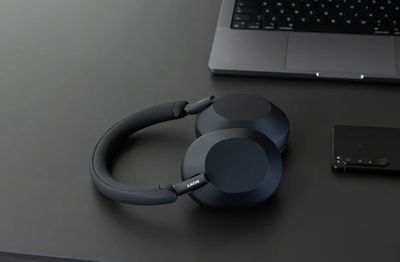

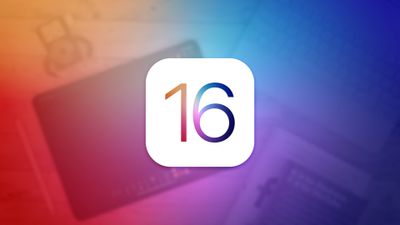
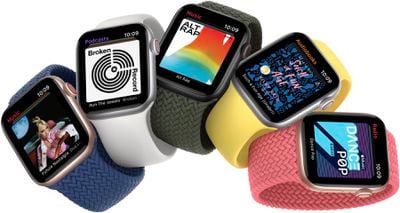 Note: MacRumors is an affiliate partner with Amazon. When you click a link and make a purchase, we may receive a small payment, which helps us keep the site running.
Note: MacRumors is an affiliate partner with Amazon. When you click a link and make a purchase, we may receive a small payment, which helps us keep the site running.











